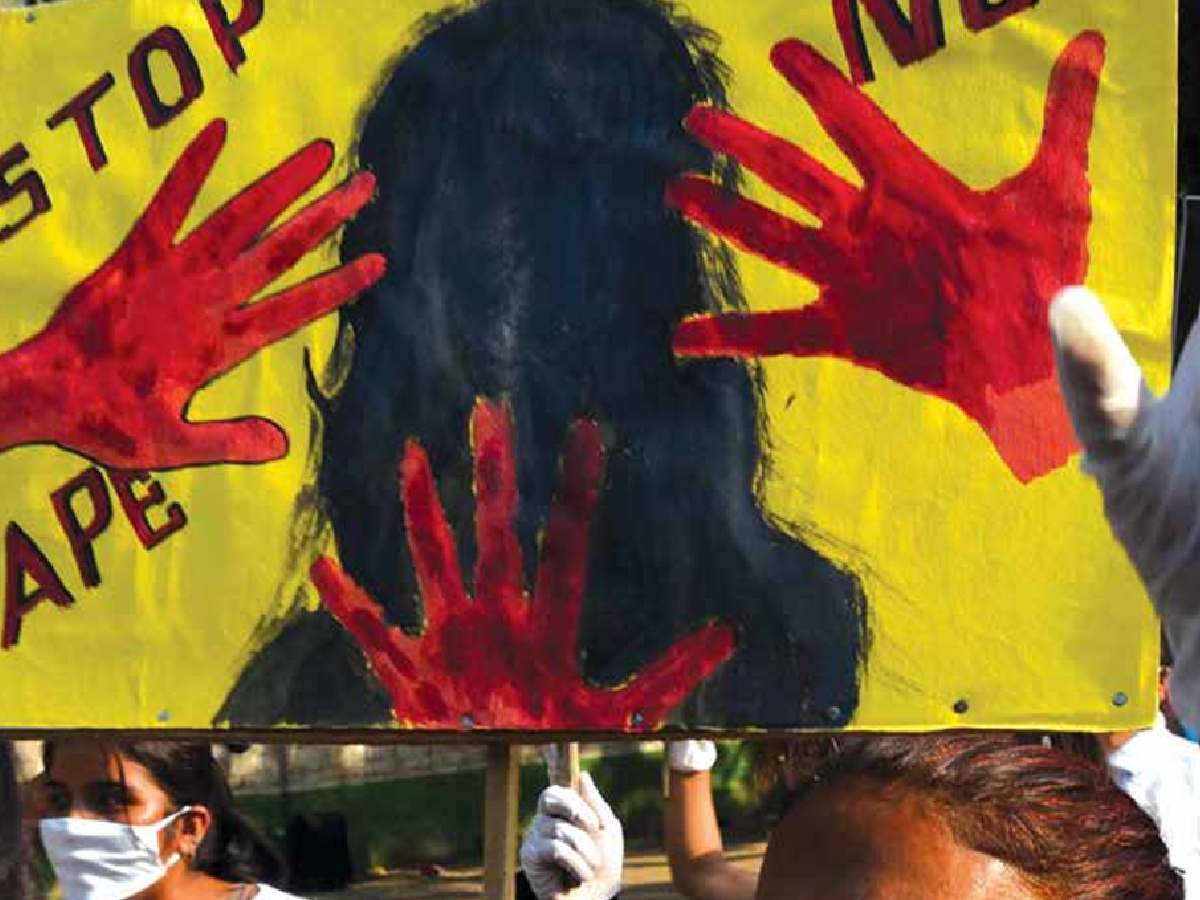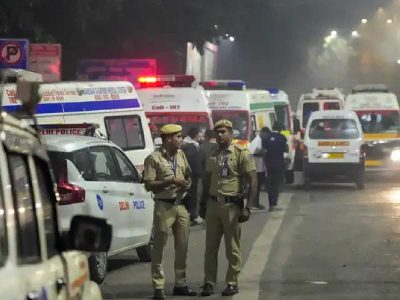Delhi: In recent weeks, India has found itself gripped by a disturbing surge in rape incidents, sparking widespread outrage and unease. From the tragic case at RG Kar Medical College in Kolkata to the recent harrowing gang rape in Indore, the nation is confronting a painful reality that has shaken its conscience.
Curiously absent from much of the national conversation is Delhi, often labelled the country’s “rape capital.” Despite the fact that the national capital has witnessed four separate incidents of child rape in just the span of a week recently.
According to Delhi Police data exclusively accessed by Patriot, the national capital recorded 2,141 rape cases in 2023, compared to 2,084 in 2022. This reflects a 2.73 per cent increase from 2022. On average, this means that nearly six cases were reported each day in 2023.
On the other hand, there have been 1,393 rape cases reported in 2024 from January 1 to August 31, indicating an average of approximately 5.73 rape incidents per day during this period.
This year, there has been a disturbing increase in cases of rape accompanied by murder. In both 2022 and 2023, there was only one instance each year. However, by August 31, 2024, there have already been three such incidents, indicating a rise in this particular type of crime.
Conversely, there has been a decline in reported cases of sexual assault, which refers to non consensual sexual contact. In 2022, the national capital recorded 2,509 cases, while in 2023, the number dropped to 2,345. However, it is uncertain if this downward trend will continue, as there have already been 1,354 incidents of sexual assault reported by August 31, 2024.
Sexual crimes have been booked under the sections of Section 376 of the Indian Penal Code (IPC) and Sections 64-70 of the Bharatiya Nyaya Sanhita (BNS) for rape, while Section 354 of the IPC and Sections 74-78 of the BNS deal with assault on women with the intent to outrage her modesty, and Sections 302 coupled with 376 of the IPC, alongside Section 103 coupled with 64-70 of the BNS deal with incidents related to rape with murder.
Thousands of incidents of sexual assault in the national capital over the years have raised a big question mark over the safety of its female population. The Capital has been reporting the highest number of sexual crimes against women among all metropolitan cities in the country for years now. According to the latest National Crime Records Bureau (NCRB) report for 2022, Delhi reported 14,158 cases of crimes against women, followed distantly by Maharashtra’s Mumbai at 6176.
Also read: Delhi riots: 2790 victims still await compensation
District-wise breakdown
The Dwarka district witnessed a slight reduction in rape incidents, with 132 cases reported in 2024 compared to 149 in 2023. In contrast, the Outer range has seen a significant increase, recording 127 incidents in 2024 compared to 83 in 2023.
The North East police district reported 156 incidents of rape in 2023. By September 13, 2024, the district had recorded 105 incidents. In contrast, the Shahdara district had 140 reported rape cases in 2023, with 73 incidents reported by the same date in 2024.
The South district has reported a consistent number of rape incidents, with 117 cases in both years. In the East district, there were 68 reported incidents by August 12, 2024, compared to 88 cases in 2023. The South West district also maintained a steady number, with 102 reported incidents in both 2023 and 2024.
Also read: ISBTs: Crumbling infrastructure fails commuters; thorough revamp promises remain unfulfilled
Police blame migrants
According to the Delhi Police, the national capital has consistently recorded high numbers of rape incidents owing to the large migrant populace.
“It is difficult to keep track of them. Nobody monitors their arrival, and they continue to enter Delhi without any systematic way of recording them. Multiple areas, particularly densely populated districts, see high incidents of such crimes where migrants from Haryana, Uttar Pradesh, Rajasthan, Bihar, Odisha, and other states reside,” a senior police official said.
To put this into perspective, the western districts such as Dwarka and Outer, having a high migrant population, recorded the most rape incidents this year up to August.
Similarly, the North East district, which has a high migrant population and a density of 36,155 people per square kilometre according to the 2011 Census, also reported a high number of rapes in the city.
Highlighting Dwarka, another senior police official noted that the decrease in the number of rape incidents has been marked due to an extensive crackdown on these hotspots.





